Batumi is a flashy town to wander around, but personally speaking, it does not offer much to a traveller who is not interested in gambling, drinking, glamour, or a mix of those. With that being said, it is in an excellent location to do a lot of exciting day trips from. For example, simply by taking a public bus (that goes to the border crossing with Turkey at Sarpi) you can find yourself in an almost perfectly preserved ancient Roman fort. Read on, to find out how you can get there, and what you can do around!
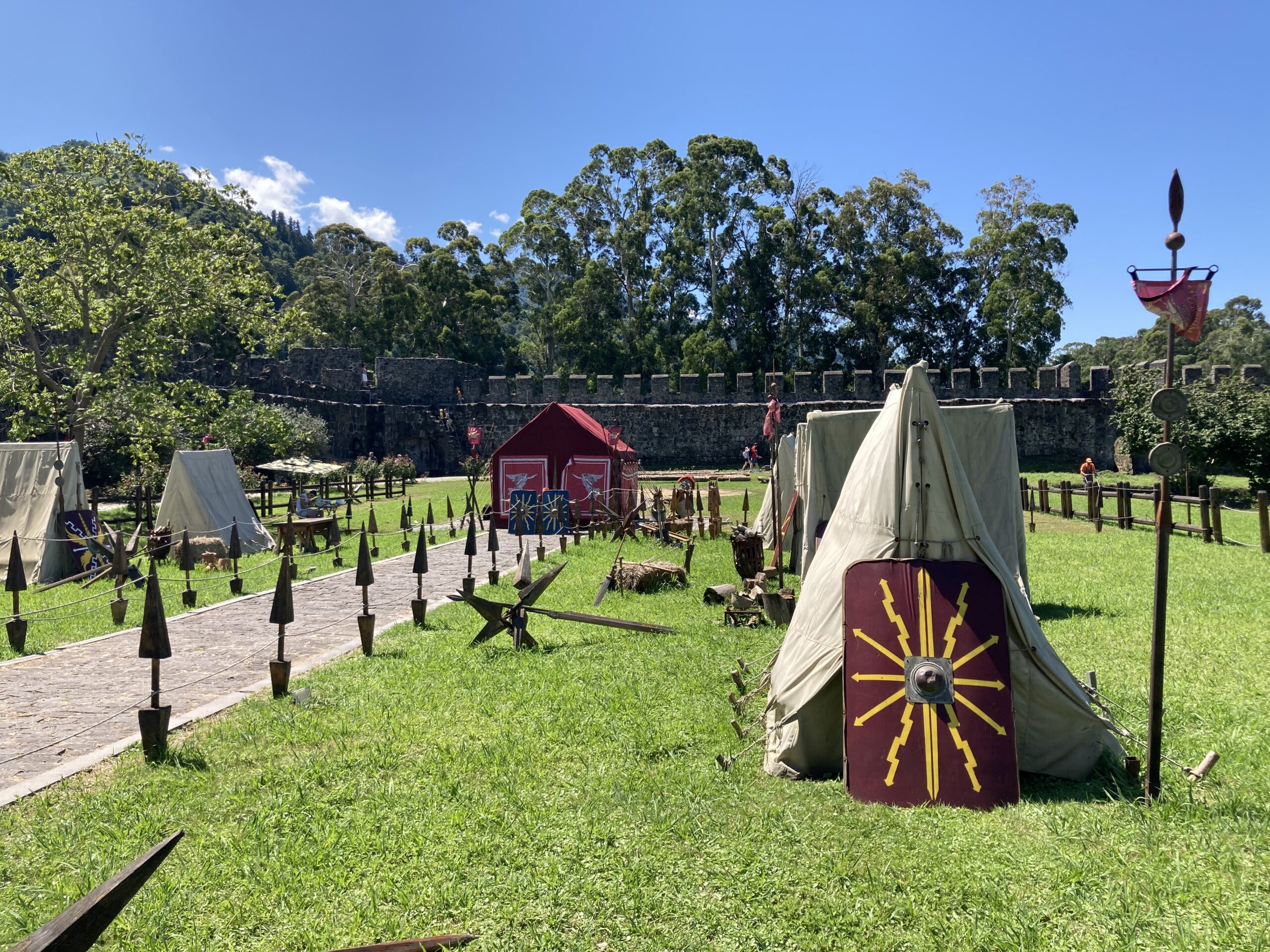
Reaching the Roman fort in Gonio is as easy as hopping on the bus number 16 from the centre of Batumi. Wait for the ruins to show up and kindly ask your driver to be dropped off at the bus stop. Go ahead and enter the ruins after paying the fee (8 GEL at the time of writing) to start being amazed by the massive Roman walls that encircle you. Though it looked cool from the outside, from within, it was simply amazing. You truly understand how massive the garrison here used to be, and how their tents must have filled this courtyard at one point in history. Thanks to the Georgians working there, you can also see a few tents that presumably look like the ones centurions used to live in. You can also get your photos taken with folks in legionary uniform, though I have not asked whether it is a paid service or not.
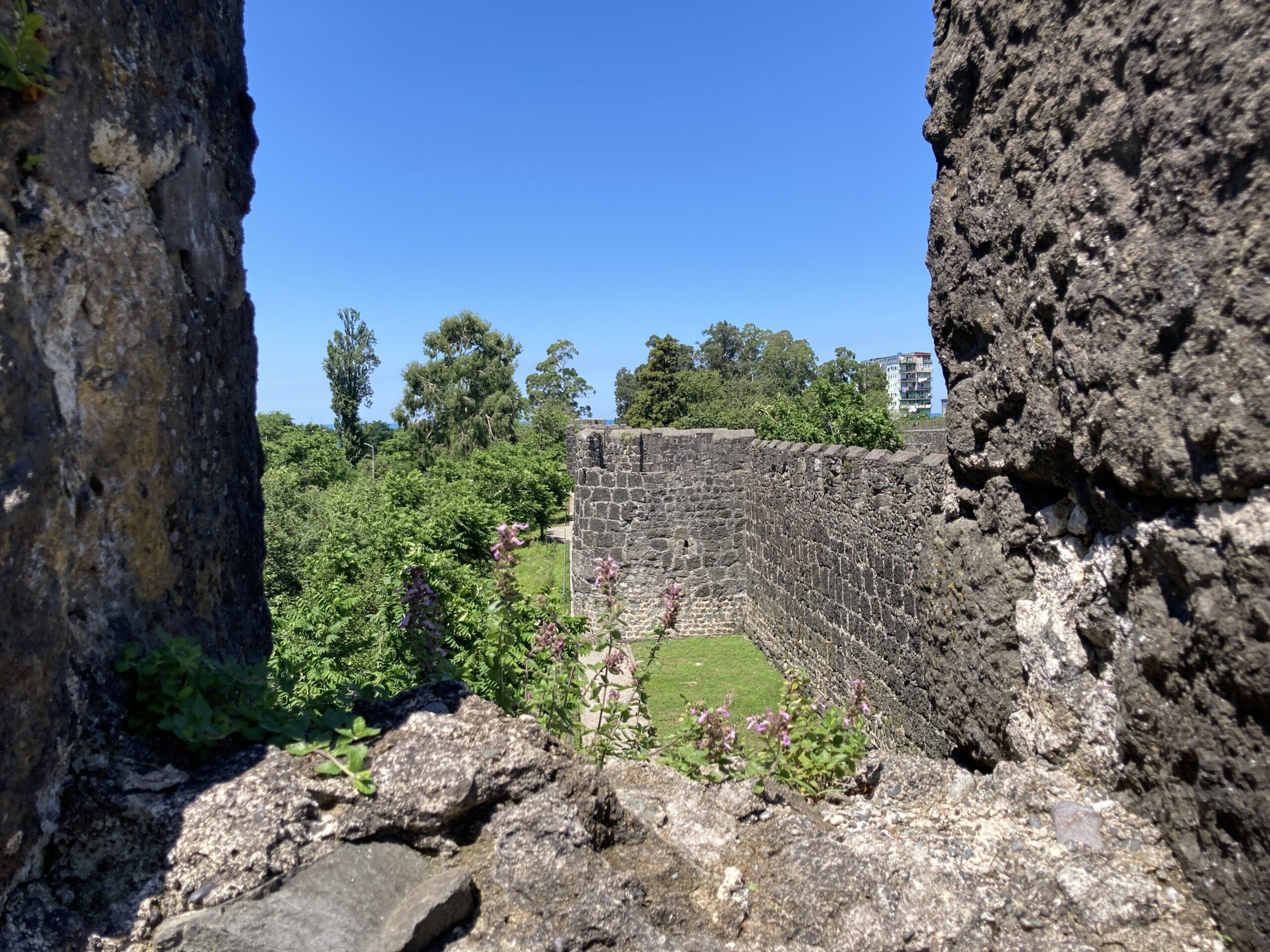
It is truly something to realize that, literally thousands of years ago, some soldiers all the way from Rome stood here, guarding the north-eastern end of a highly stretched out empire, waiting anxiously to see a “barbarian” or two as they talk about the mysteries surrounding this poorly understood and studied part of their realm. What went in their heads? Possibility of some foreign invasion looming ahead? Their families back home? The latest political shenanigans in the heart of Rome? We will never know. What we do know is that eventually, these Roman legionaries were replaced by Byzantine troopers, who continued to call themselves Romans, as they should, since they were. Later on, it was the Ottomans who used this fort to defend their eastern flank from any possible Persian or Russian incursion, unsuccessfully if I may add, much like the previous owners of these premises. Today, it is the Georgians who hold the fort, though it lost all of its military purposes well over a century ago.
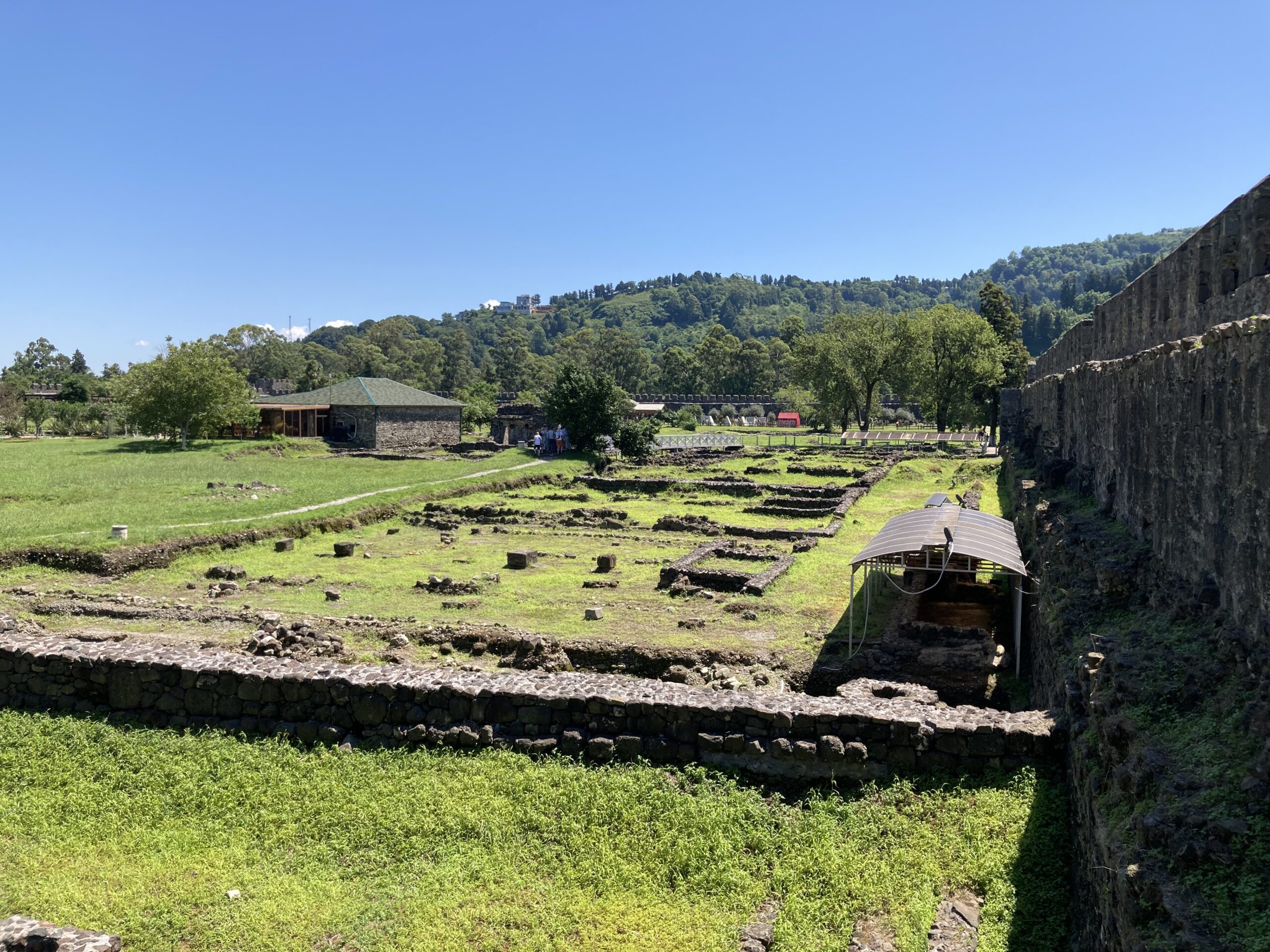
There is a small museum, as well as a few boards full of information scattered around the fort’s courtyard. Most are translated to English and Russian so it should not be too difficult to figure out what went ahead in this fort at one point. To my surprise, I found out that the Roman barracks here all had their own vineyards, as well as central heating from beneath the floors using an intricate system of steam and pipes. Add proper Roman plumbing to the mix and you have a military barracks that seemed to have more amenities than some soldiers in less fortunate countries enjoy today… It does make one wonder. With a ton of ideas on my mind, and a reasonable number of decent looking photos on my phone, we left the fort of Gonio and embarked on a short journey.
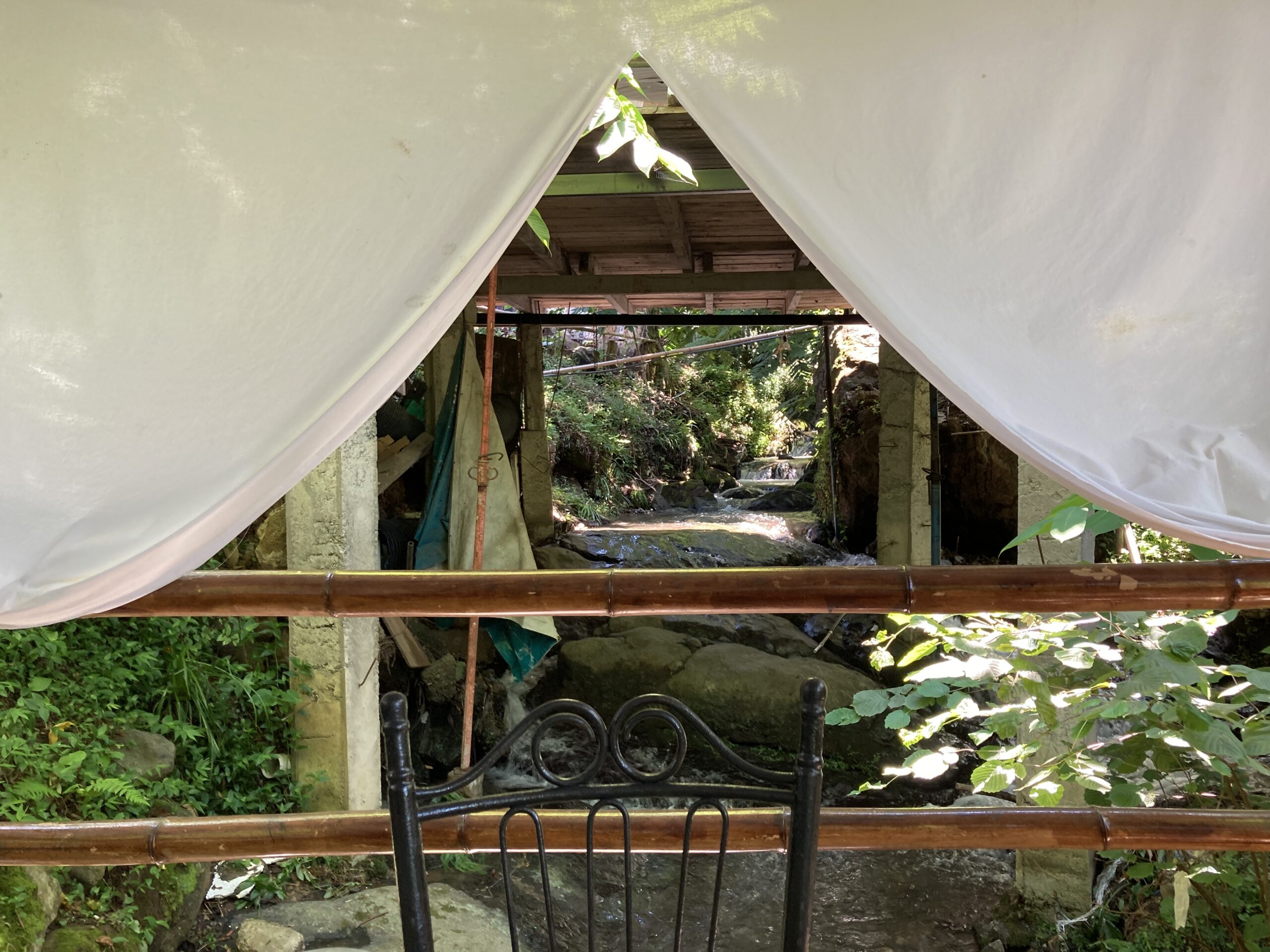
This so-called journey was nothing more than a walk to the nearby Dedani Restaurant, which received only the best of reviews from its previous patrons. Though I had plans to see what Kvariati’s coast looks like, the scorching sun and my grumbling stomach had other things to say about it. Therefore, we merrily skipped that part of the trip and went to Dedani Restaurant to enjoy some of the finest dishes we had in Georgia, which likely tasted better than they were due to this wonderful creek on which the tables were placed. You could hear the water running all the time, and it naturally cooled down the already pretty well shaded tables we were sitting at. Drinking a mug of beer in such an atmosphere is hard to match up to when the best most restaurants can offer is some air conditioned indoors.
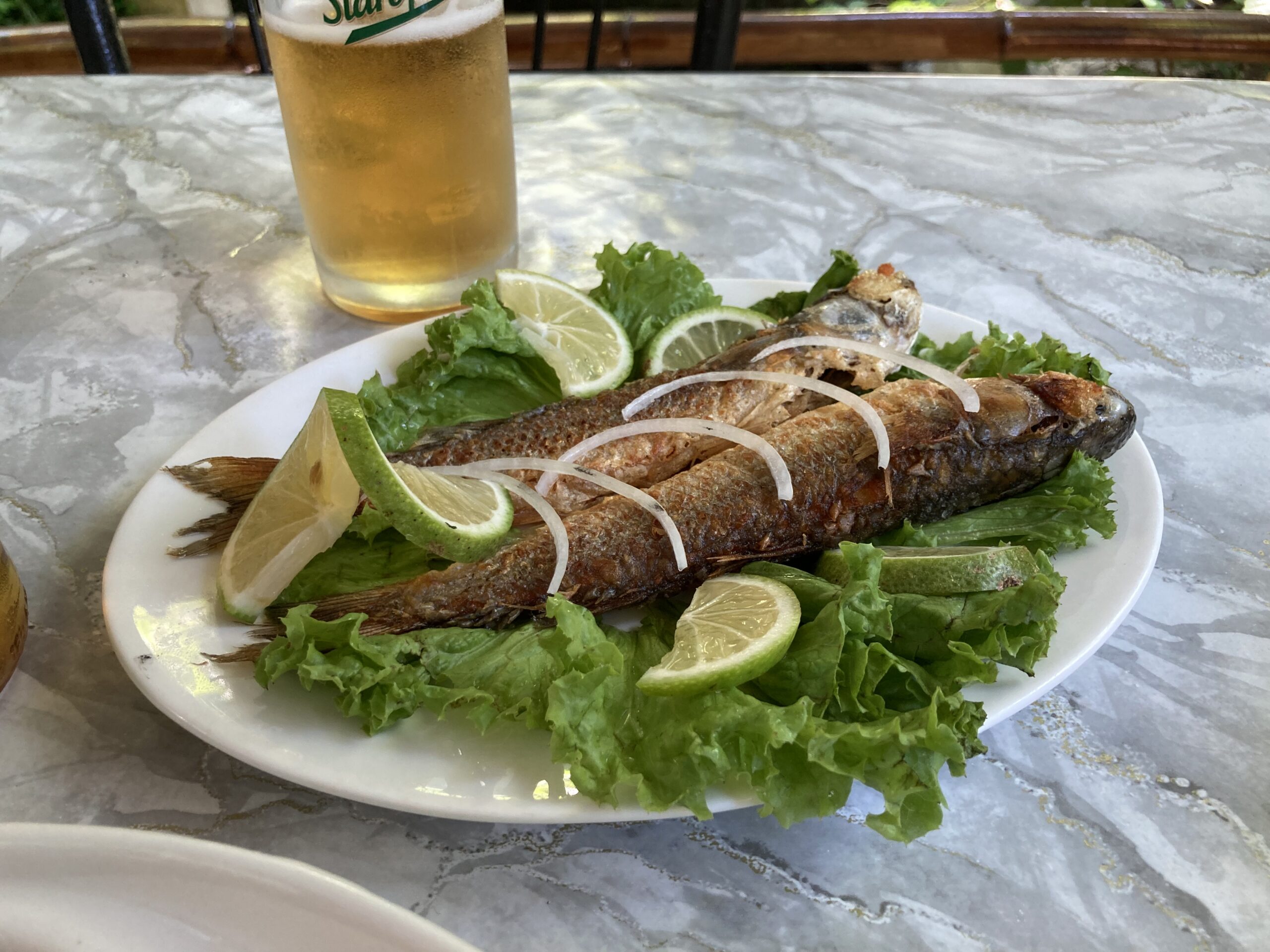
I was in the mood for some seafood, so on the recommendation of the owner we went for some mullet. It was by far one of the best fish I had in my life, despite not looking like much. They used a special mix of spices as they grilled the fish, which not only gave it an excellent taste, but also an even crispier exterior as well. It was so well cooked, and the fish was so properly sized that you could even eat the bones, which is always a treat, though an admittedly dangerous one.
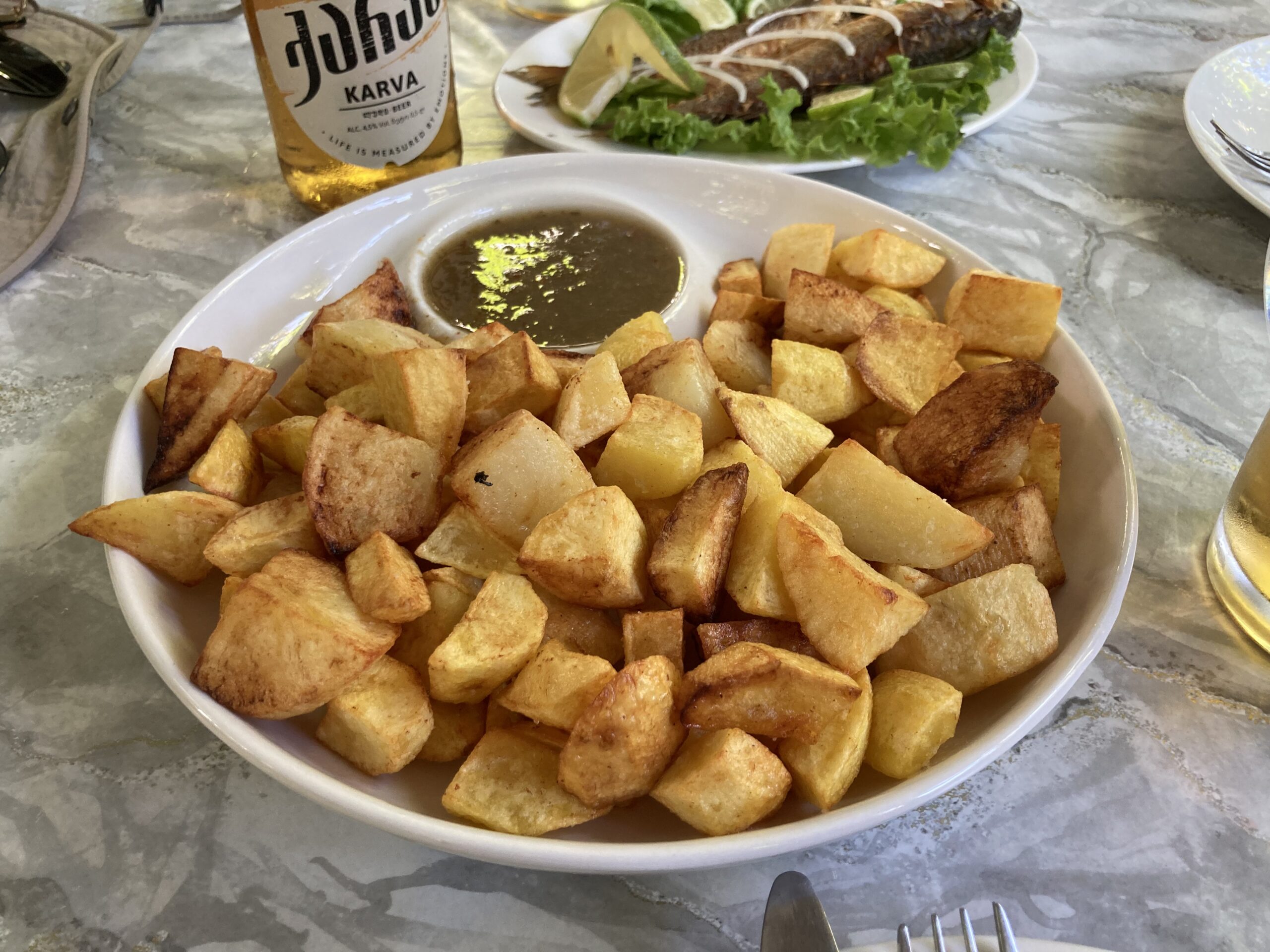
Since fish on its own is hardly a meal, we also ordered a hearty portion of fried potatoes. You could easily tell that those things were organic, though I am unsure what that word means in 21st century. We were too tired and hungry to ask for salt at any point, but even then, these fries complemented the Georgian beer and the Pontic fish so well. This was an excellent way to finish our day trip and as we got ready to wait for our bus back home, we were surprised by the owner who said that a friend of his would go back to Batumi with his car and could take us back there as well. Amazed and extremely glad, we accepted the offer, to be leisurely driven back to our lovely apartment. This was an incredible day with an unexpected (but sweet) twist at the end, one that I hope you too can enjoy if you decide to visit Batumi one day.
